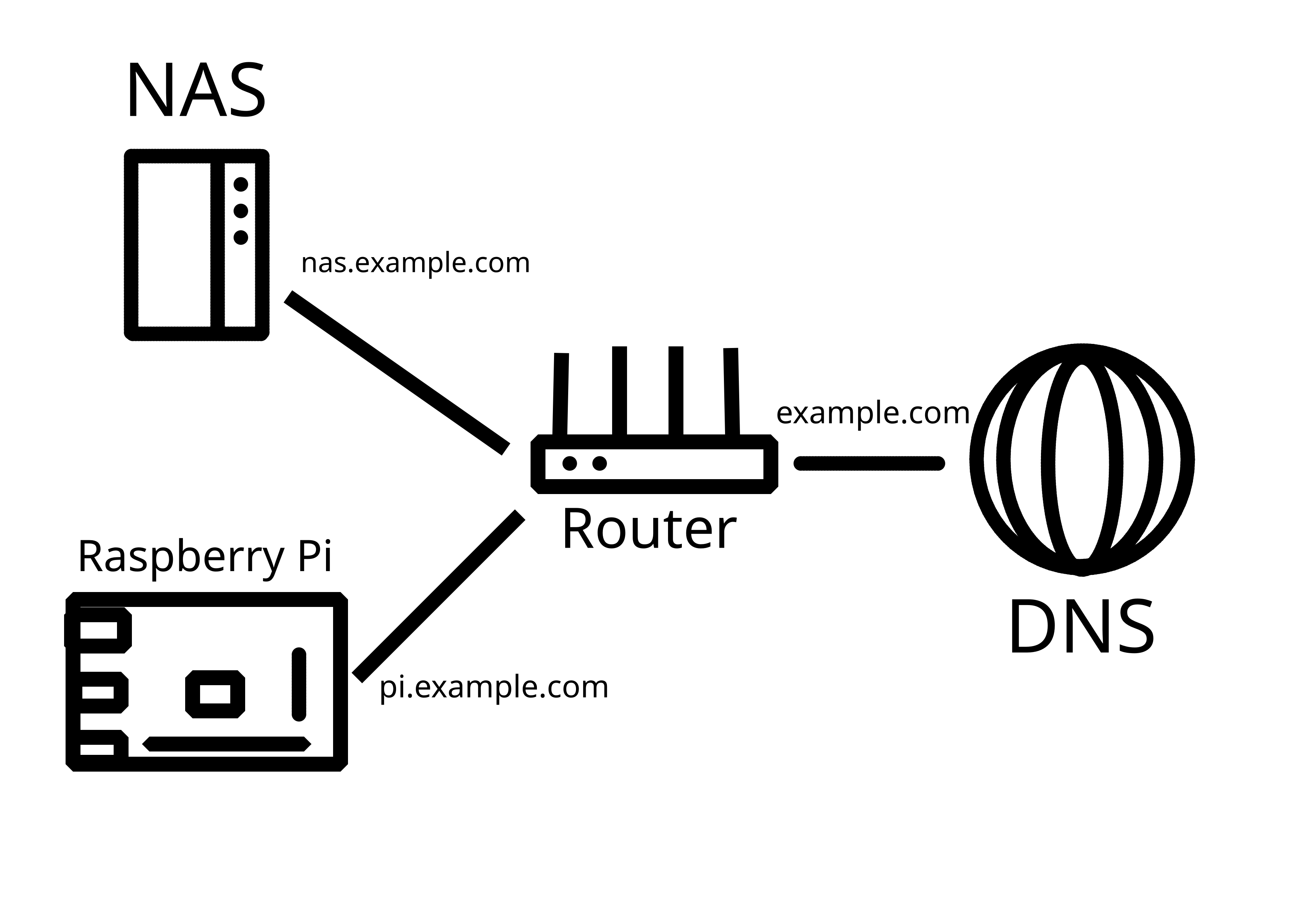I really feel like people who are beginners shouldnt play with exposing their services. When you set up Caddy or some other reverse proxy and actually monitor it with something like fail2ban you can see that the crawlers etc are pretty fast to find your services. If any user has a very poor password (or is reusing a leaked one) then someone has pretty open access to their stuff and you wont even notice unless you’re logging stuff.
Of course you can set up 2FA etc but that’s pretty involved compared to a simple wg tunnel that lives on your router.
